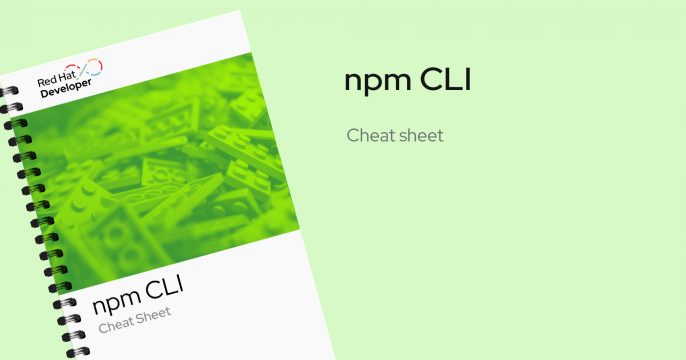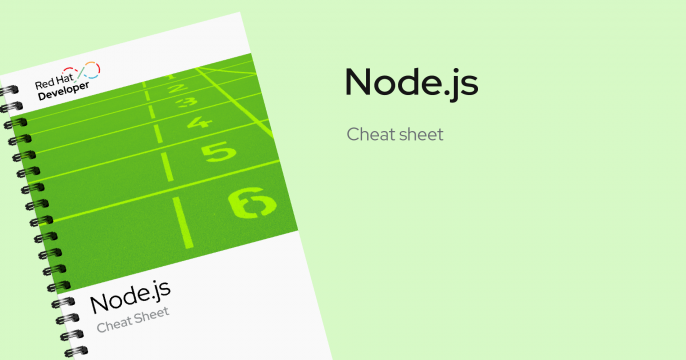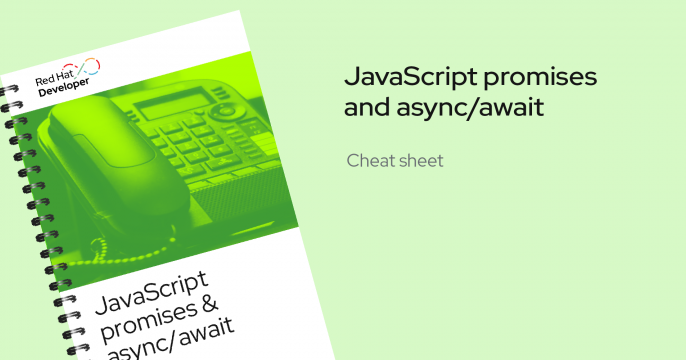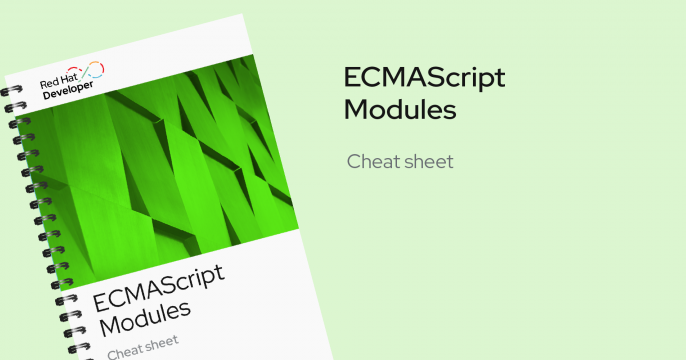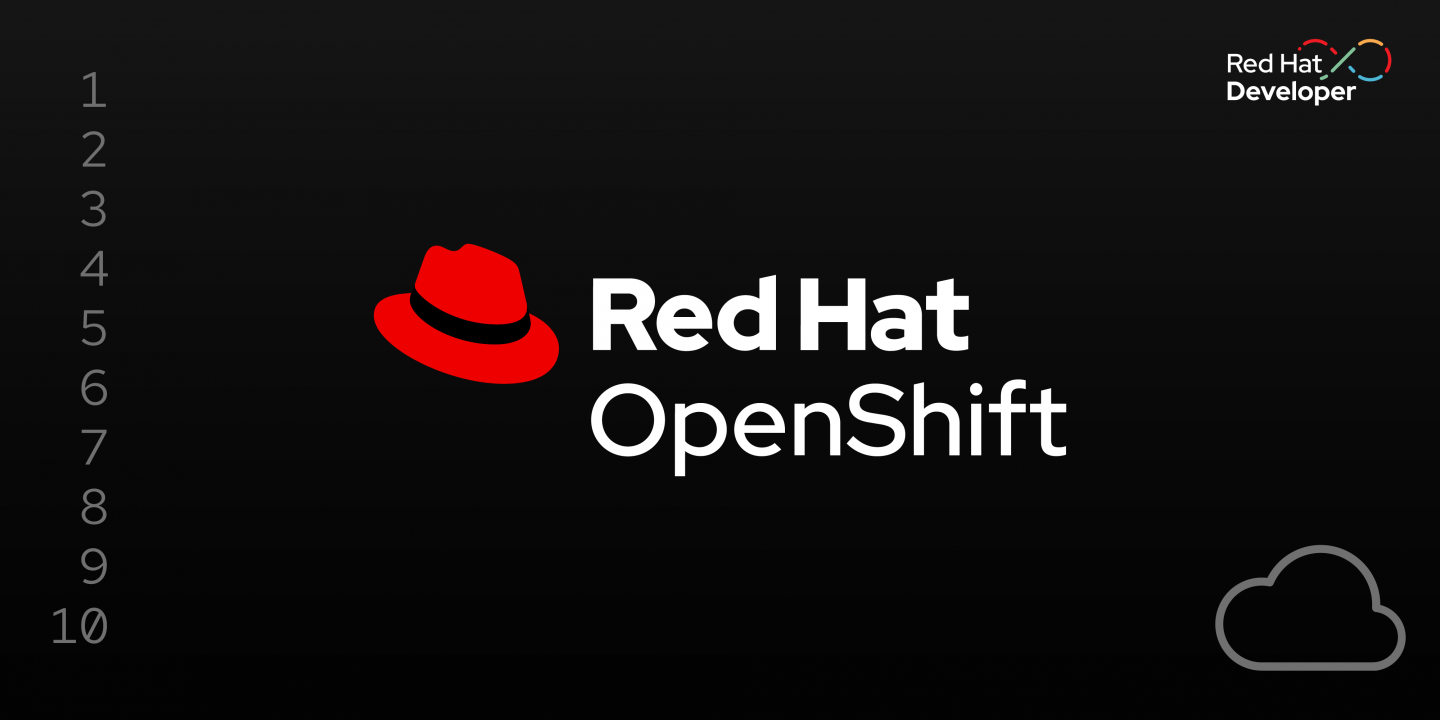Node.js: Build scalable applications with high developer productivity
Node.js. is an open source JavaScript runtime environment designed to build modern scalable applications.

Integrate AI and large language models into Node.js applications
Artificial intelligence (AI) and large language models (LLMs) are becoming increasingly powerful tools for building web applications. As JavaScript and Node.js developers, it's important to understand how to fit into this growing space. This article offers a curated list of essential AI tutorials that will help you get started on your path to understanding AI and LLMs.

Node.js community
Red Hat is very active in the Node.js community, working in areas that are important to our customers including diagnostics, platform support, stable and predictable releases, and more while at the same time working to ensure that Node.js is well supported on Red Hat Enterprise Linux and OpenShift. To learn more about Node.js and our work at Red Hat, we invite you to watch this video and read through the sections on this page and the pointers to additional information that they provide.

This track provides an introduction to cloud-native development with Node.js...
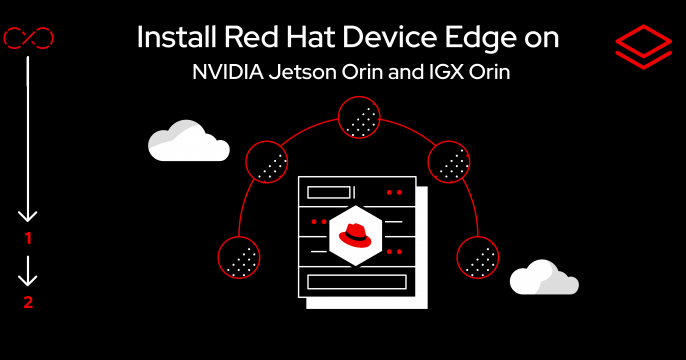
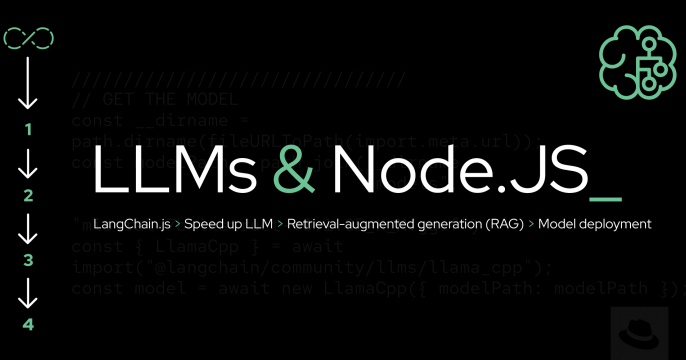
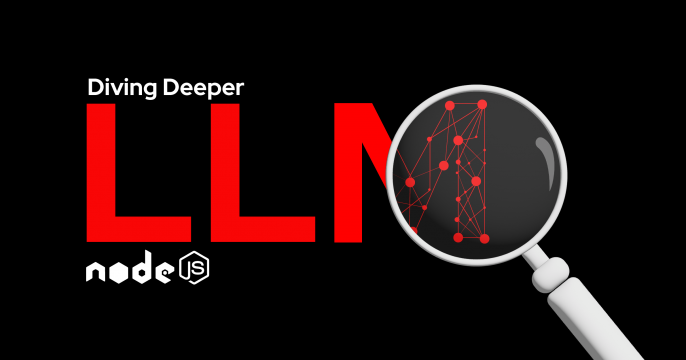
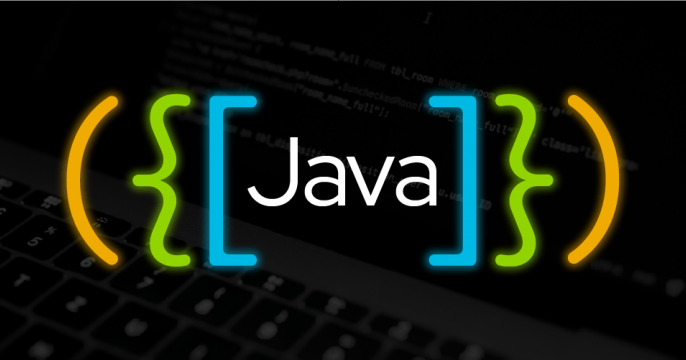
Learn about the benefits of using cgroups v2 for improved memory and CPU...
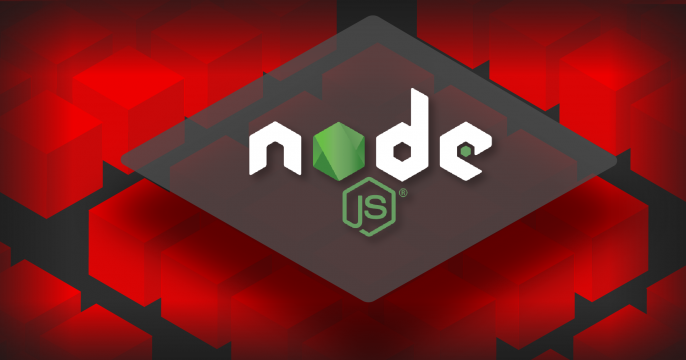
Dive into Node.js 20's container-aware memory management. Understand default...

Enhance your Node.js AI applications with distributed tracing. Discover how...
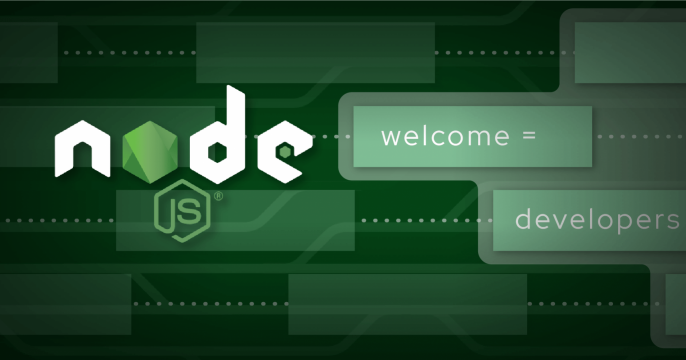
Explore how to utilize guardrails for safety mechanisms in large language...

Members from the Red Hat Node.js team were recently at PowerUp 2025. It was...
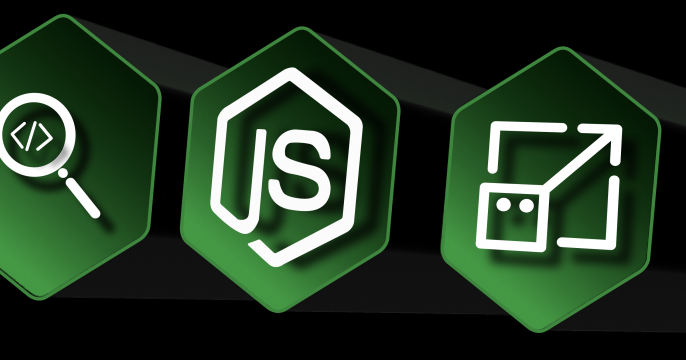
More Essential AI tutorials for Node.js Developers
